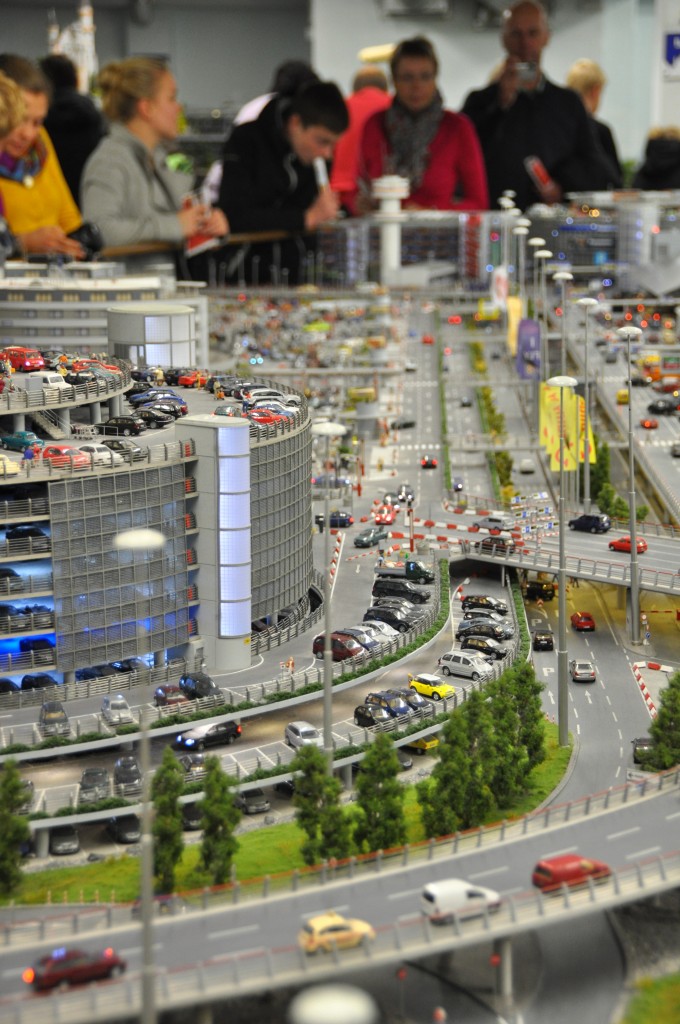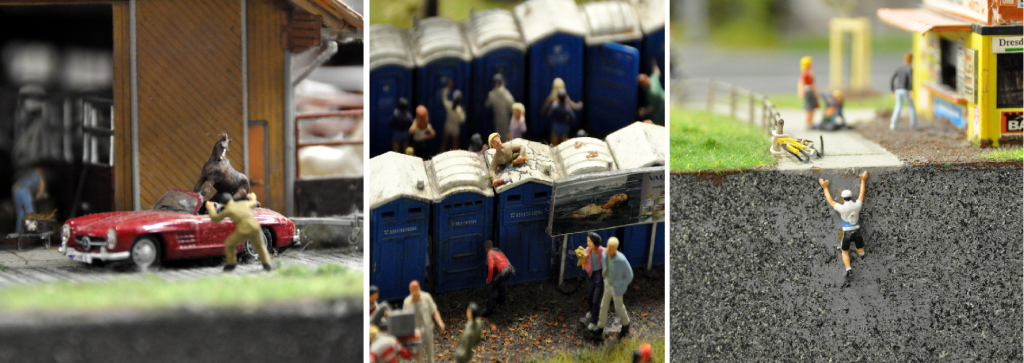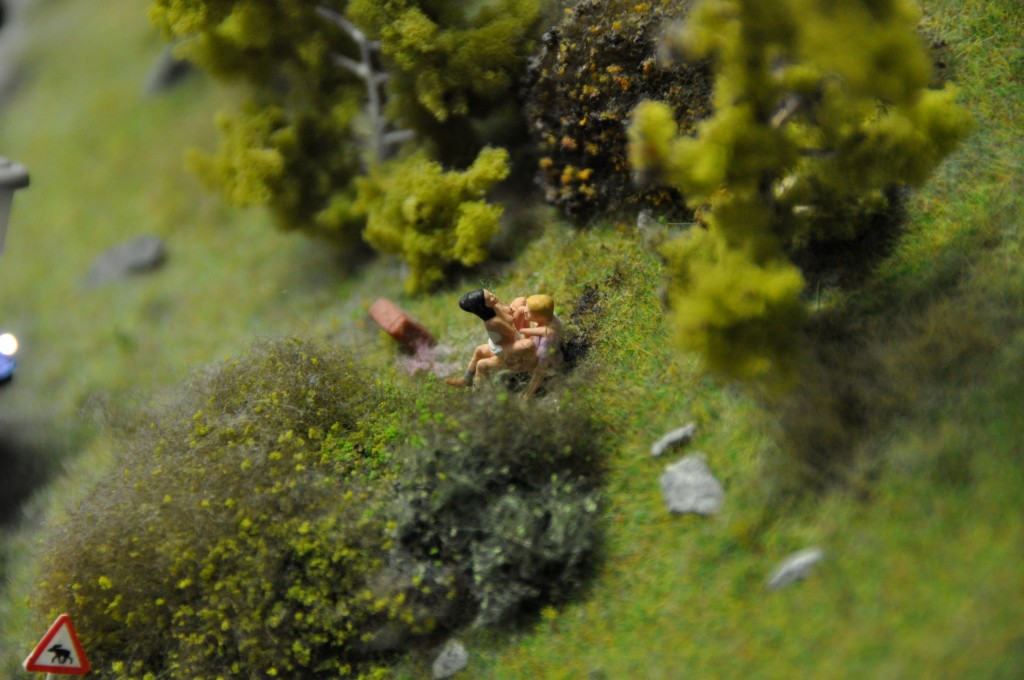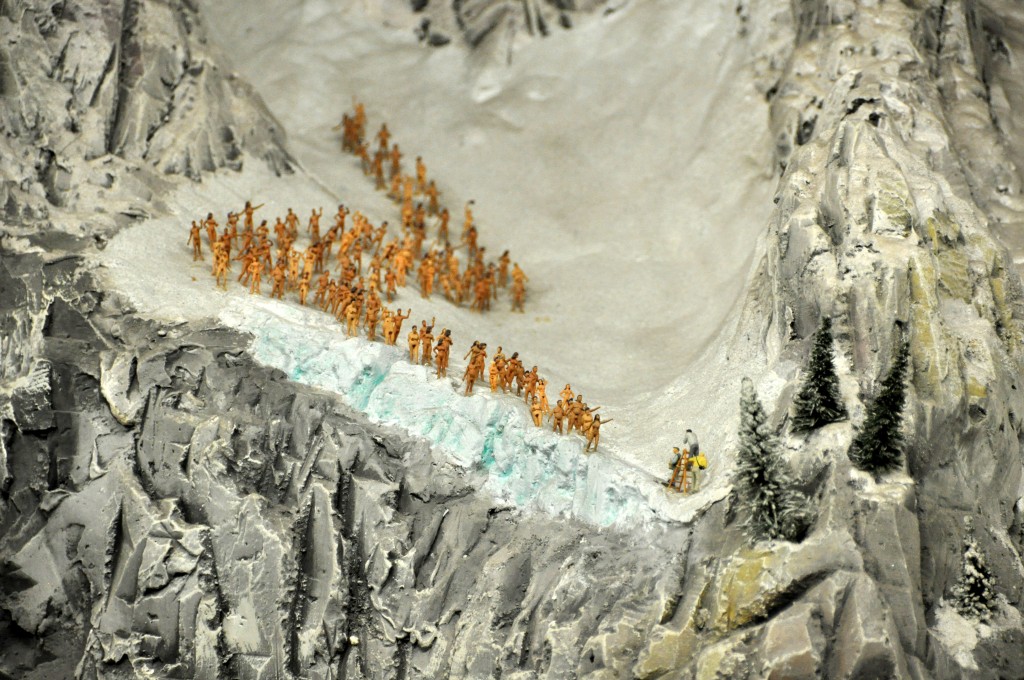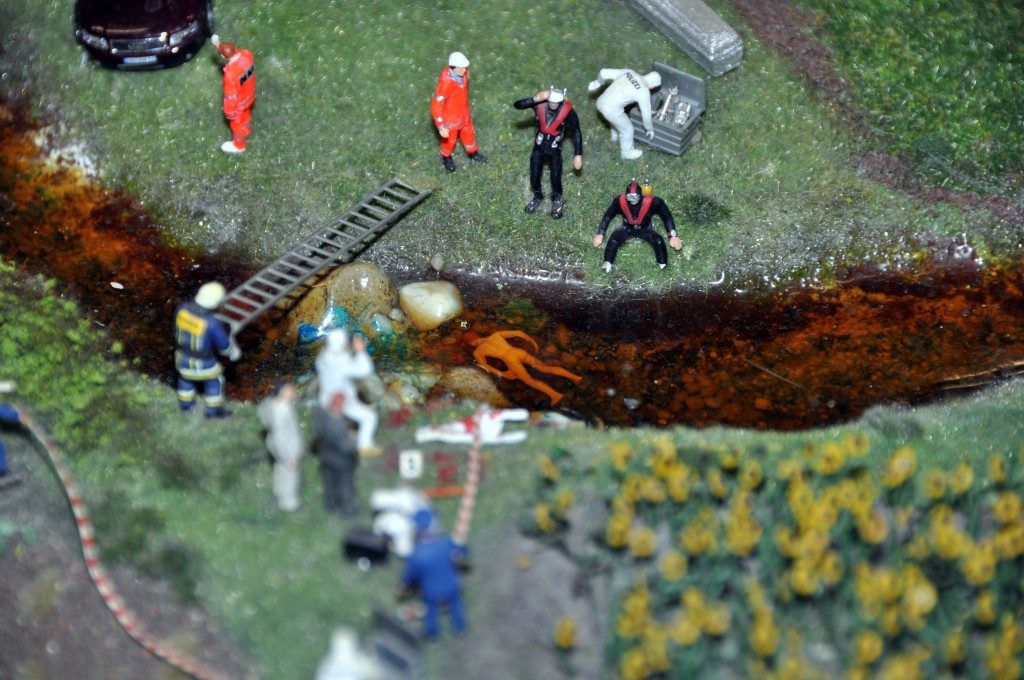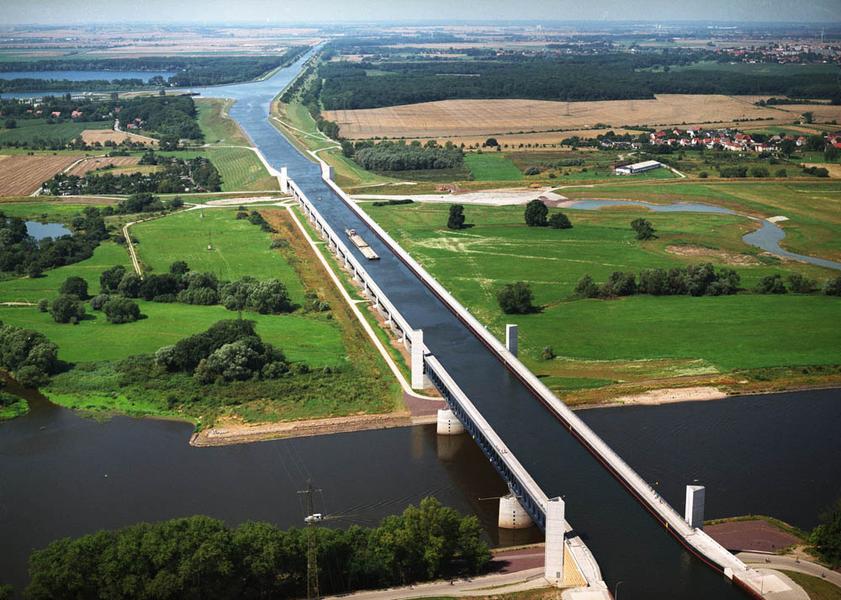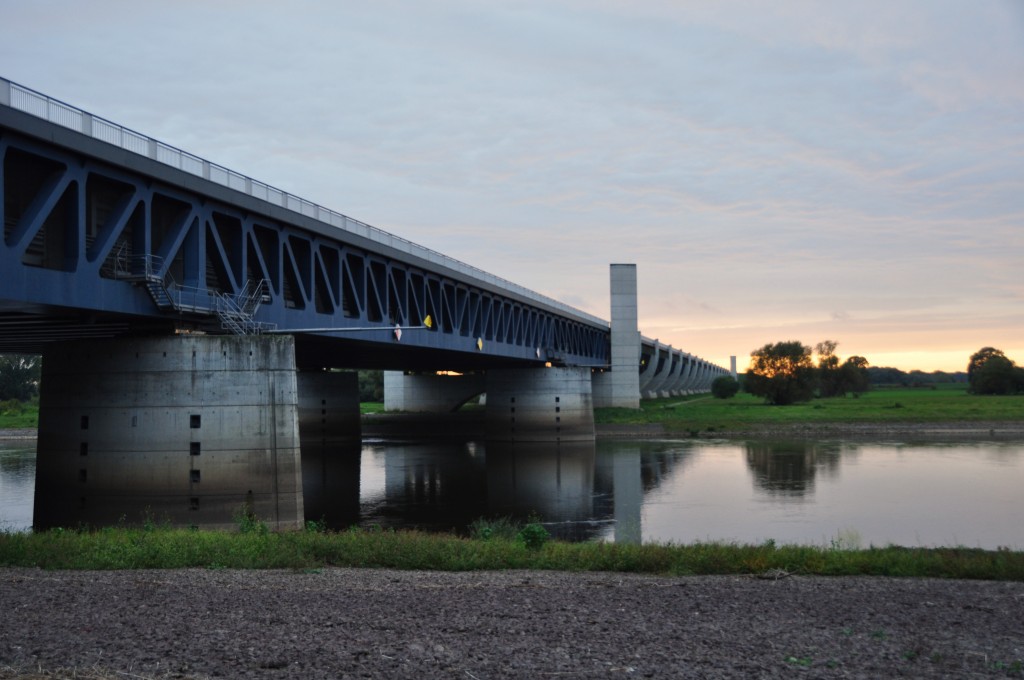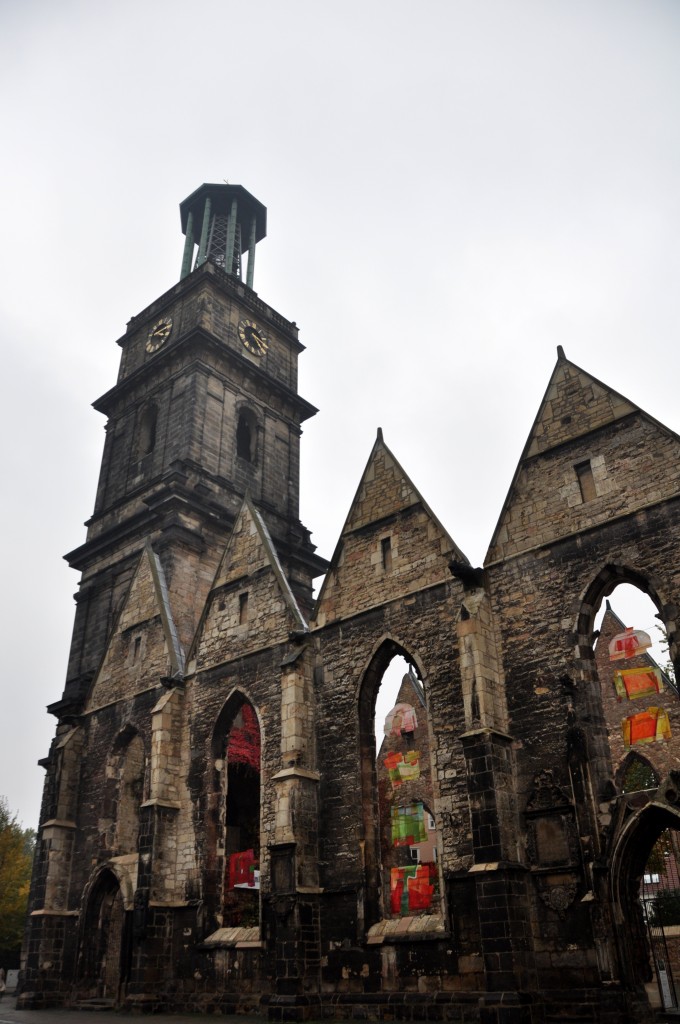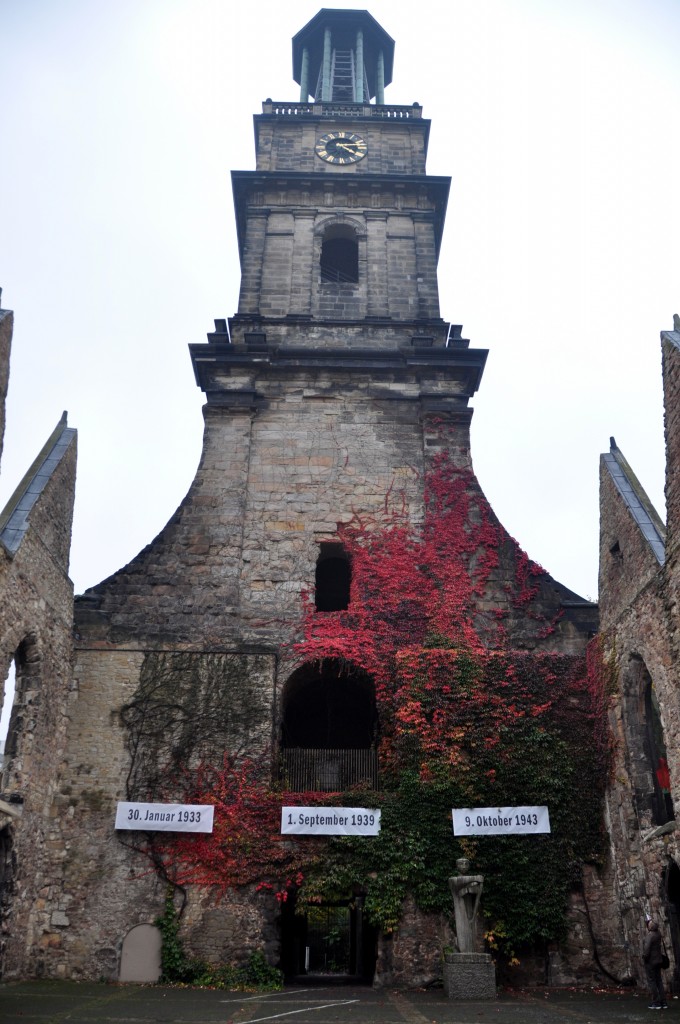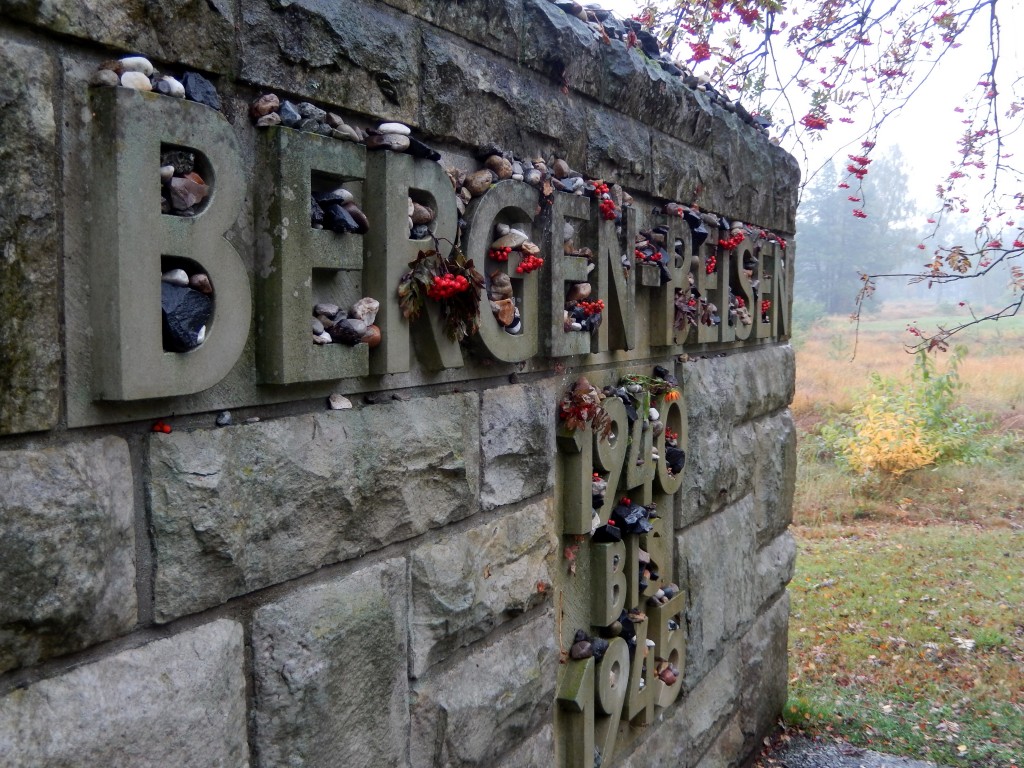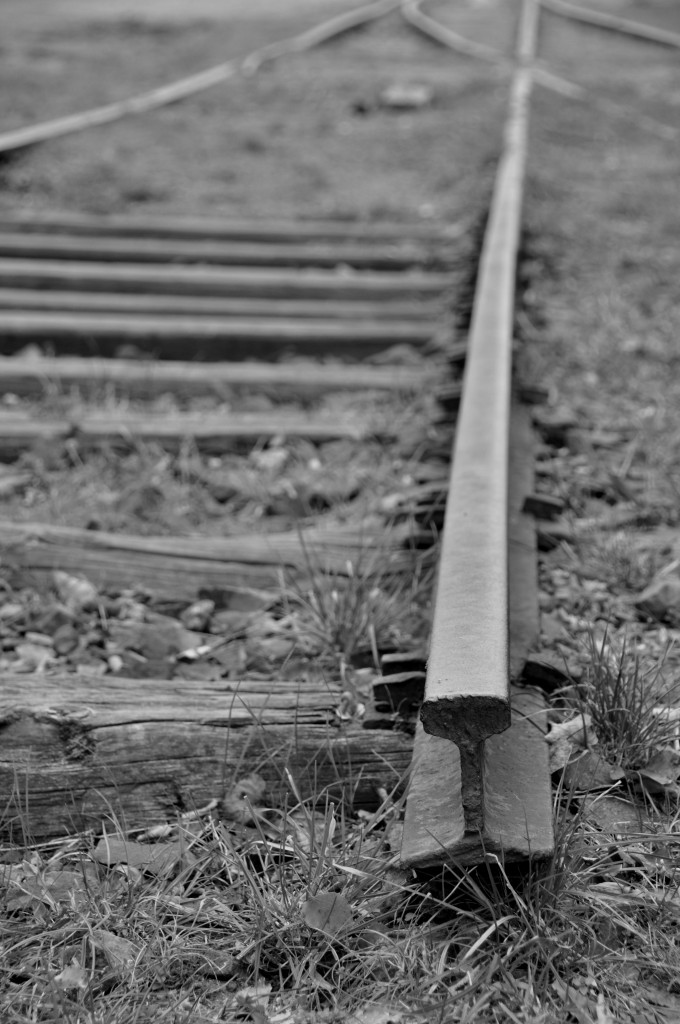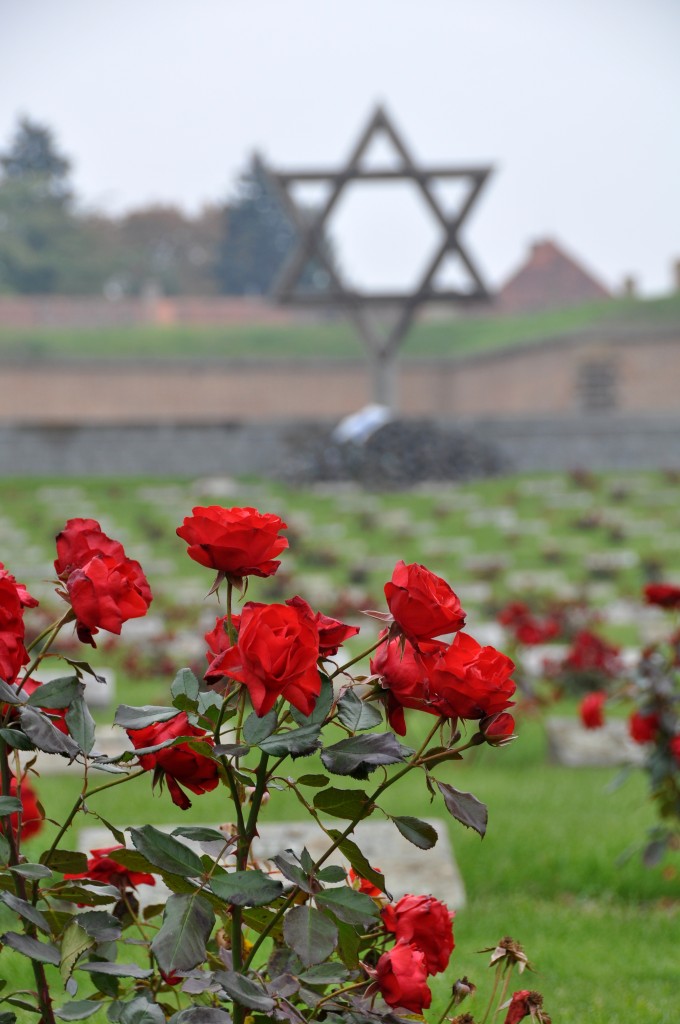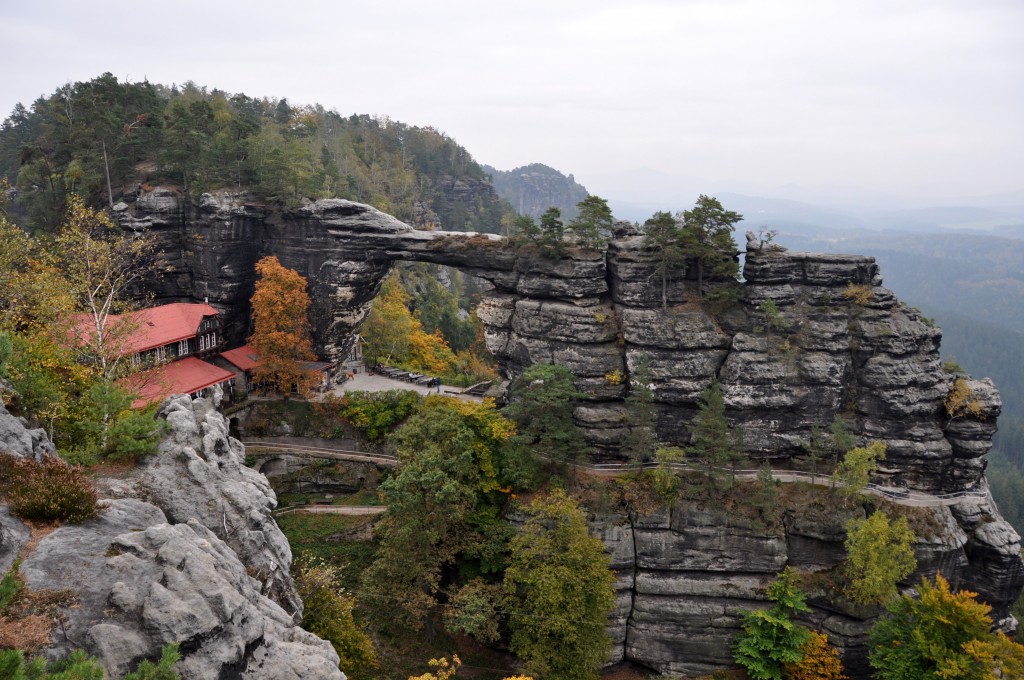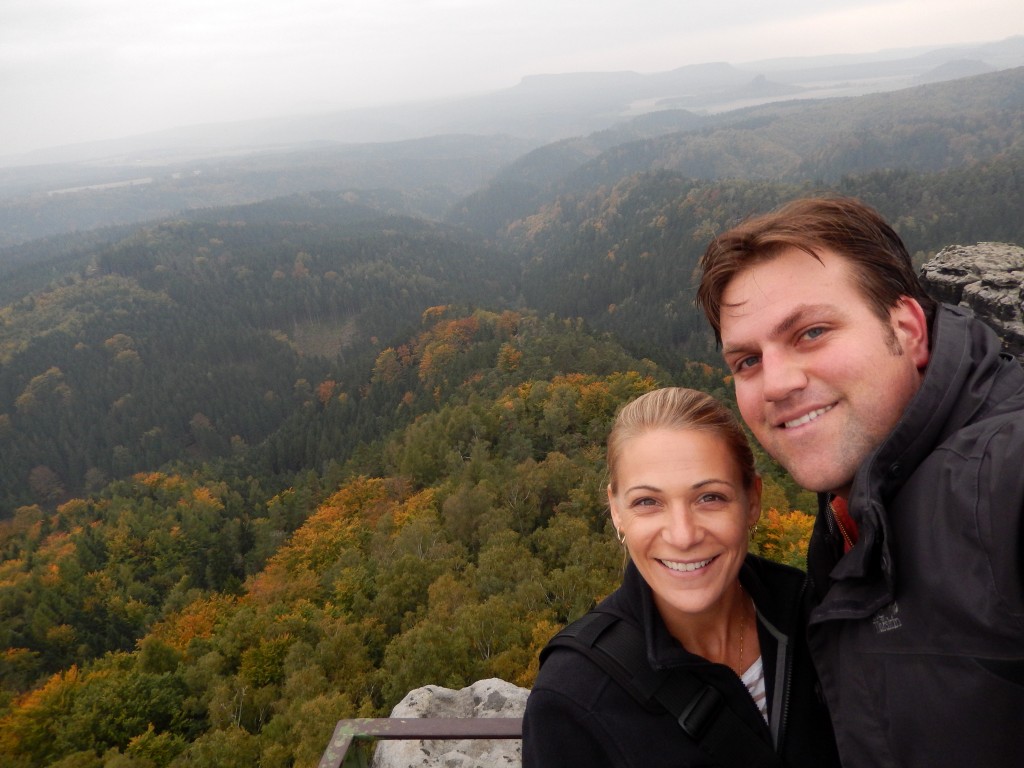Talk to any German and they won’t shut up about how much they love Hamburg. Talk to any non-German and all they know is that Hamburg is home to the Miniatur Wunderland museum. So…that’s where we’ll start.
The Miniatur Wunderland must have been the brain/love child of a model train geek and a doll-house enthusiast. It is 6,400 square meters of different areas of the world recreated in miniature. With 13,000 meters of train tracks, it set the Guinness World Record for longest model train set. Complete with airplanes that take off, working traffic lights, moving boats, real water, and simulated night and day, it cost a whopping 12 MILLION Euro to build (that is 16.5 million USD on the exchange rate of 10/15/2013). Don’t worry though; it is still expanding, with a completion goal of 2020 and a budget of a cool 20 MILLION Euro.
Here is what Joe and I looked like at every airport-reunion for five years.
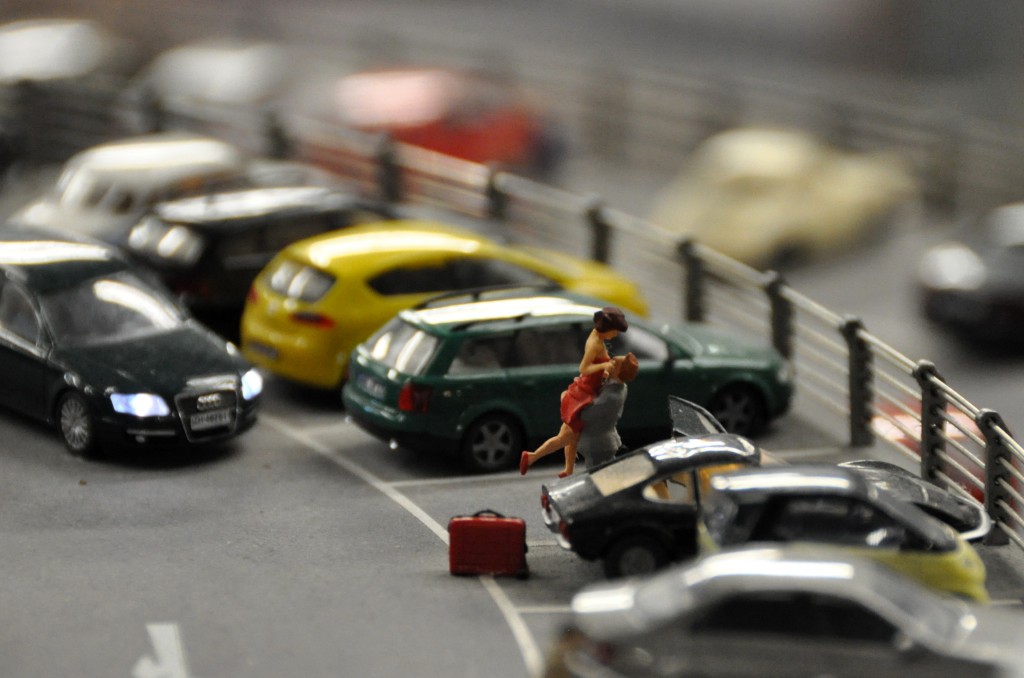
Yeah right. I would never travel from Miami to San Francisco in a strapless dress, without sensible shoes, and with a suitcase that required actual lifting.
After I got over the abhorrence of how much money is being spent on such a “first world” indulgence, it was pretty interesting to look at. There are sections recreating Germany’s past (complete with famous East German solider, Conrad Schumann, who jumped over the Berlin “wall”) as well as models depicting “Utopia” according to the views of Germany’s various political parties. However, what was most interesting to me was discovering the sense of humor with which 262 employees have spent over 580,000 hours placing 215,000 human figures within the models. Indulge me here for a bit.
Here is some guy trying to figure out how to get his horse out of his Mercedes, a man who fell through the roof of a port-a-pot, and a bicyclist who actually fell off the edge of the model.
Then there is this guy, who is furious that he ran his car into the light pole. Well yeah…that is what happens when you operate a motor vehicle while wearing a tiny black speedo and matching black socks!
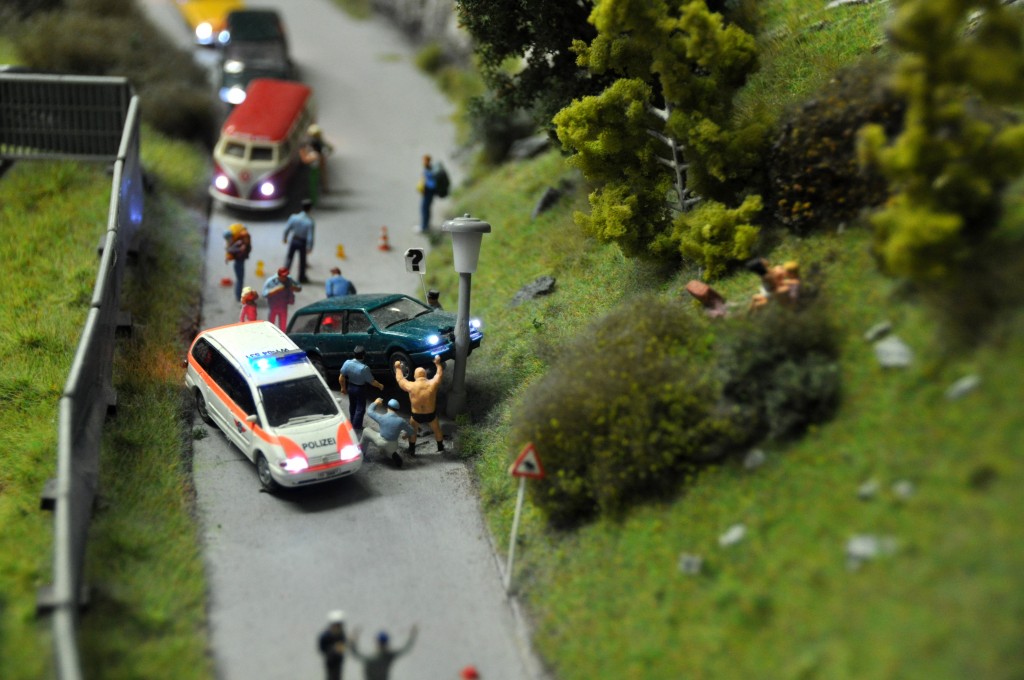 But wait…go back. What is happening uphill from the car wreck? Don’t sweat it…it’s just two lovers, enjoying the afternoon, un-phased by the chaos below.
But wait…go back. What is happening uphill from the car wreck? Don’t sweat it…it’s just two lovers, enjoying the afternoon, un-phased by the chaos below.
The Miniatur Wunderland has a lot of hanky-panky going on, which we found pretty entertaining. It is actually pretty typical “Hamburg”, but I’ll explain that later. So, the blouse in the bushes tips you off that something more is going on here. After closer inspection, one finds a little boy who has run off with the garment that used to be under the blouse. It doesn’t end there though. The entire debacle is being watched by the creeper in the trees with the binoculars.
It’s easy at this place to get so ensconced in the tiny details and forget to look up…I mean waaaay up. In the Switzerland section…high up in the mountains…you think you know what you are seeing, but you’re not quite sure. It looks as though there are a bunch of naked people in the snow and someone taking their picture. You look around to make sure that there are no children present, snap a picture, and then huddle around the camera with your husband to zoom in and confirm your suspicions. Yup…you were right. Lots of naked people.
The Miniatur Wunderland actually has a section of the museum dedicated to a timeline of its development, explaining certain elements of the models, including this one. In August of 2007 an American photographer collaborated with Greenpeace Switzerland to photograph 600 naked volunteers on the Aletsch Glacier, to raise awareness of the impact of global warming. A year later the Miniatur Wunderland added it to its models.
Finally, here is my favorite scene in the Miniatur Wunderland: a floater being pulled out of the river. Ha!
Stay tuned for the rest of real Hamburg!

